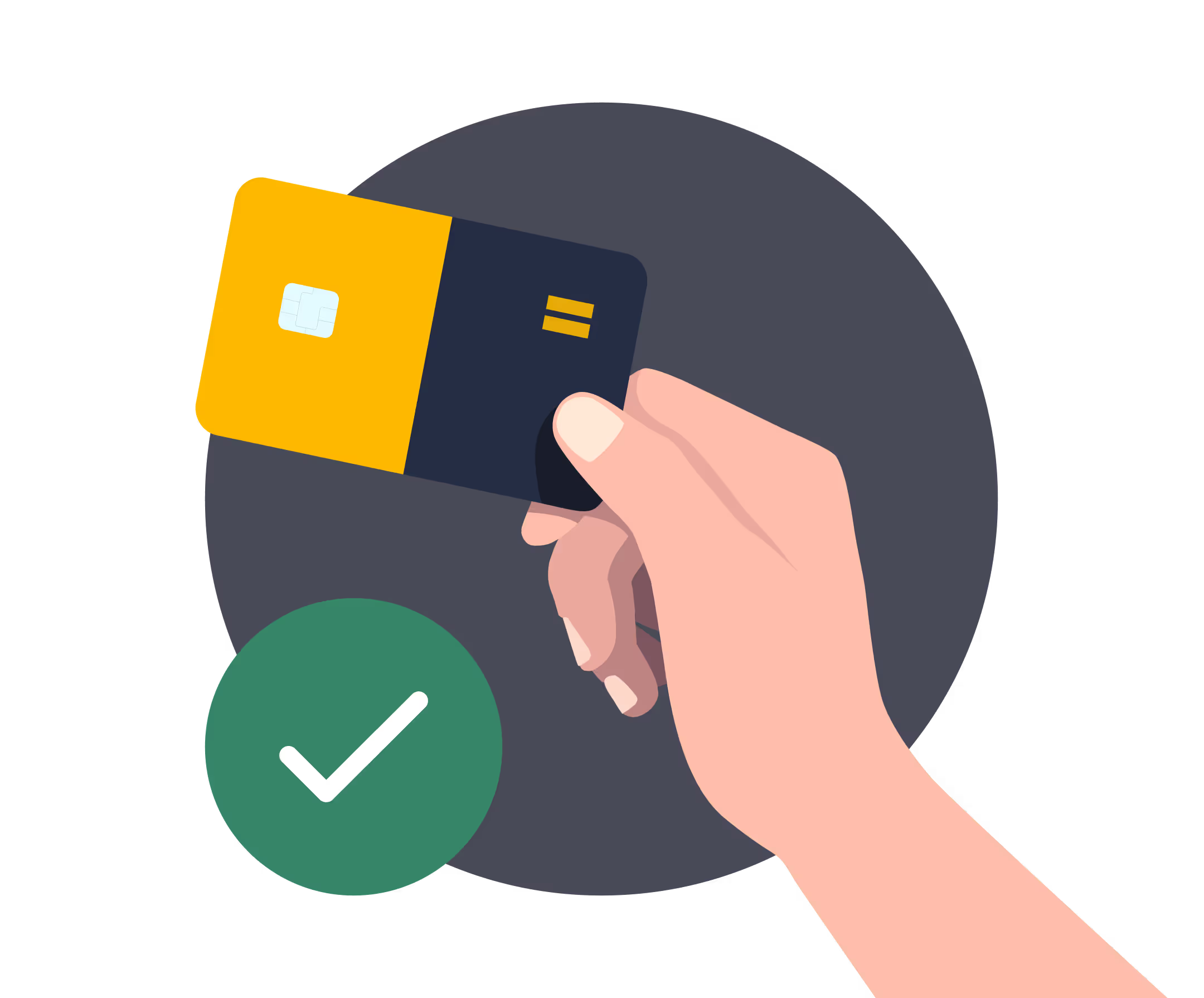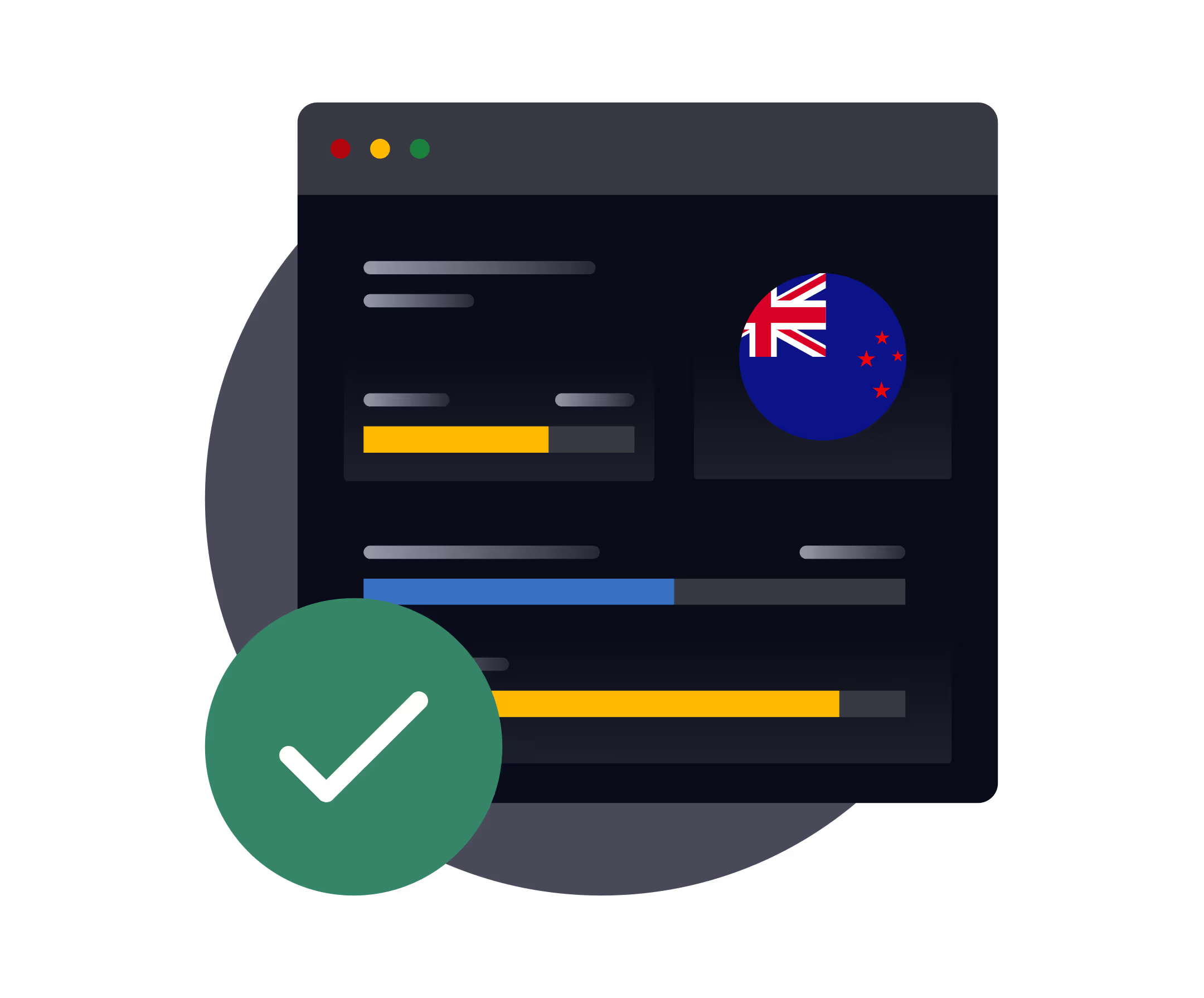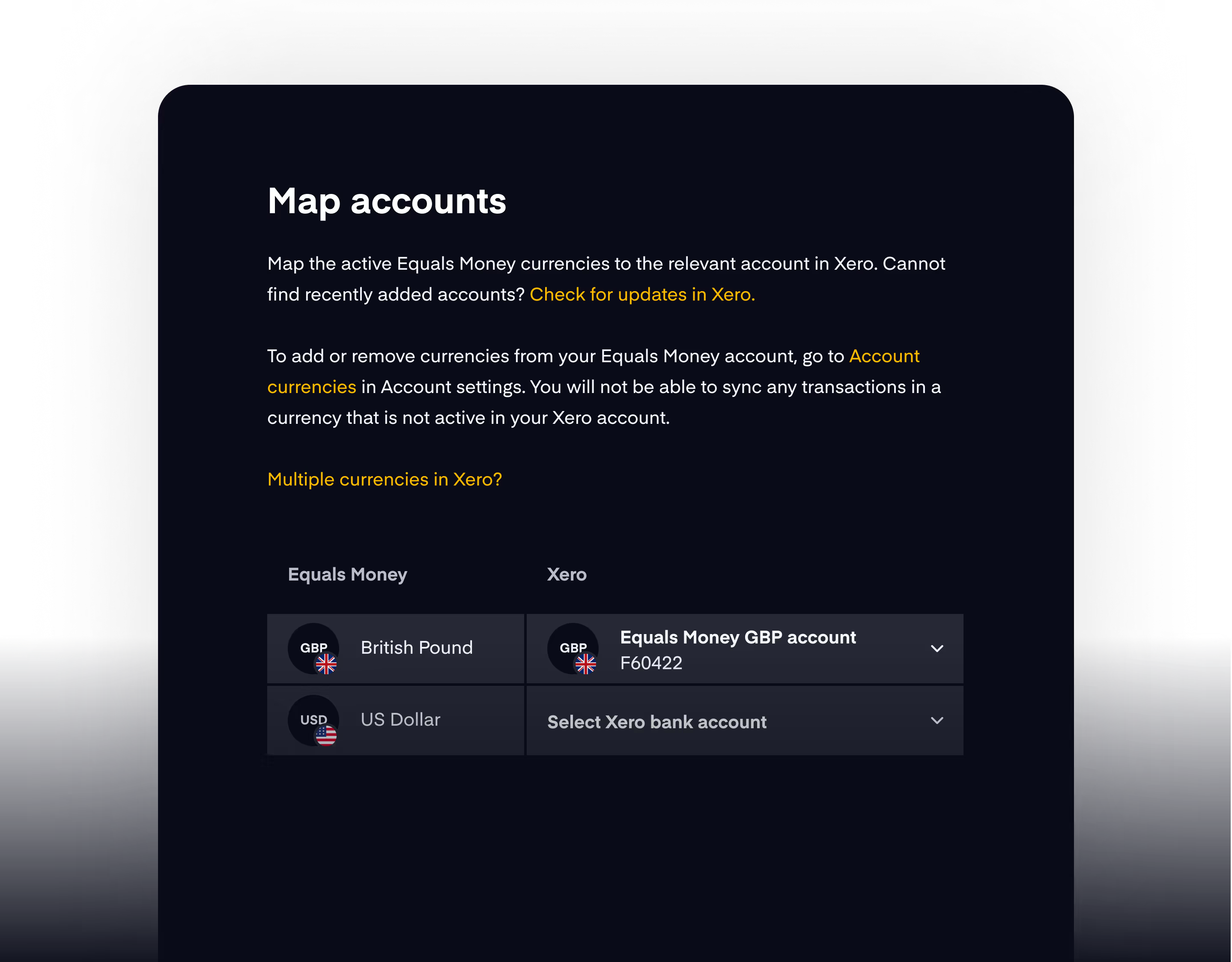NZD
The New Zealand dollar (NZD), is one of the world’s major currencies and plays a vital role in global finance and the foreign exchange (FX) market.
Known for its stability, the NZD is frequently traded by investors seeking exposure to the Asia-Pacific region and commodity-driven economies. Despite New Zealand’s relatively small size, the NZD is among the top ten most traded currencies worldwide, thanks to the country’s robust export sector, sound monetary policy, and strong economic ties with major trading partners like Australia, China, and the United States.
For forex traders, the NZD — often nicknamed the “Kiwi” — is a popular choice for carry trades and speculative strategies, making it an influential player in the daily trillions traded across global FX markets.
Yes, you can make purchases in NZD using an Equals Money card.
Equals Money cards support 21 global currencies (including NZD), allowing you to make local currency purchases in New Zealand. However, your card balance must include the required amount in NZD.

.png)
Yes, you can receive payments in NZD using an Equals Money account.
Equals Money accounts are equipped with a multi-currency IBAN, allowing you to receive payments and manage funds in 38 global currencies (including NZD), without the need for currency conversion.

Yes, you can make payments in NZD using an Equals Money account.
Equals Money allows outbound wire payments in 61 global currencies (including NZD). Read more on how to make an online payment here.
If you're an existing payments customer and do not have access to an online account, please speak to your account manager or get in touch with our team.

Yes, you can make bulk payments in NZD using an Equals Money account.
Equals Money allows bulk (batch) payments in 35 global currencies (including NZD).

Historical context of the New Zealand dollar
The New Zealand dollar, has an interesting and relatively recent history compared to older global currencies.
Before 1967, New Zealand used the New Zealand pound, which was itself pegged to the British pound sterling. Similarly to the Australian pound/ Australian dollar, this reflected the country’s strong colonial ties to the United Kingdom.
The New Zealand pound and shift to decimal currency
As mentioned, the New Zealand pound was directly tied to the pound sterling, reflecting New Zealand’s colonial and economic ties to the United Kingdom and by extension neighbouring Commonwealth countries, such as Australia. However, this old system was cumbersome for everyday transactions and accounting, it divided one pound into 20 shillings and each shilling into 12 pence. This was known as a duodecimal currency system based on divisions of twelve rather than divisions of 10 or 100 (a decimal currency system).
In 1967, New Zealand made a major monetary shift by adopting the New Zealand dollar and moving to a decimal currency system. The new system followed the modern standard of a decimal currency system and divided one dollar into 100 cents, greatly simplifying calculations, trade, and pricing.
The decimalisation made New Zealand’s currency more modern and aligned it with other countries like Australia, which had also switched to dollars and cents, helping facilitate clearer trade relationships and easier international commerce.
Fixed exchange rate system
When the NZD was first introduced, it operated under a fixed exchange rate system, meaning its value was pegged to another currency (originally the United States dollar) rather than being set by the open market. This fixed rate helped provide stability and predictability for New Zealand’s exporters and importers during a time when the global monetary system was still influenced by the Bretton Woods System. Under this agreement, the Reserve Bank of New Zealand actively managed the NZD’s exchange rates by buying or selling foreign currency reserves to keep the dollar within a set range.
However, in 1985, New Zealand moved away from fixed exchange rates and allowed the NZD to float freely. Since then, the NZD’s value has been determined by supply and demand in the global foreign exchange market, influenced by factors like commodity prices, trade balances, and interest rates.
Today, the NZD is considered a commodity currency, as its value is heavily influenced by New Zealand’s export sector — particularly dairy, meat, and agricultural products. This makes the NZD sensitive to changes in global commodity prices and trade relationships, especially with major partners like China and Australia.
Currency symbol
The currency symbol for the New Zealand dollar is the familiar dollar sign $, but to avoid confusion in international contexts, it’s almost always written as NZ$ when dealing with cross-border transactions, international money transfers, or financial reports. Within New Zealand, prices are usually displayed simply with the dollar sign, as it’s understood that the NZD is the national currency.
The NZ$ symbol appears on invoices, bank statements, and exchange rate boards to distinguish the NZD from other dollar-denominated currencies like the United States dollar (USD), Australian dollar (AUD), or Canadian dollar (CAD).
For traders, investors, and tourists, this small distinction is vital for ensuring clarity in contracts, conversions, and pricing.
ISO code
The official ISO currency code for the New Zealand dollar is NZD — a three-letter code that uniquely identifies New Zealand’s currency in global markets.
In the world of forex trading, ISO codes are essential because many currencies use similar symbols, like the dollar sign. The NZD code removes any ambiguity and is used in trading platforms, financial analysis and news, currency converters, and cross-border payments.
Globally, the NZD ranks among the top 10 most traded currencies, often grouped with other commodity currencies like the Australian dollar (AUD) and Canadian dollar (CAD). Investors appreciate the NZD for its relatively high interest rates compared to other developed economies, as well as its liquidity and ties to New Zealand’s robust export sector. This makes the NZD popular for carry trades and speculative strategies in the forex market.
Central bank
The NZD is issued and managed by the Reserve Bank of New Zealand (RBNZ), which acts as the nation’s central bank.
Established in 1934, the RBNZ is responsible for maintaining price stability, issuing banknotes and coins, and ensuring the overall soundness of New Zealand’s financial system.
One of the RBNZ’s most important tools for influencing the NZD is the Official Cash Rate (OCR), which sets the benchmark for interest rates in the country. Changes in the OCR have a direct impact on the NZD’s exchange rate, as higher interest rates generally attract foreign investment and strengthen the currency. The Reserve Bank also intervenes in the currency market when necessary to maintain orderly conditions, although it does so rarely.
Transparency, independence, and a clear monetary policy framework have helped the RBNZ maintain trust in the NZD over time.
Read more about the Reserve Bank of New Zealand's interest rate decisions here - When is the next OCR announcement NZ?
Currency denominations
NZD comes in a range of denominations that are practical for everyday cash transactions and reflect New Zealand’s unique culture and heritage.
Bank notes are available in $5, $10, $20, $50, and $100 NZD denominations. Each note features a prominent New Zealander or cultural figure on the front, such as Sir Edmund Hillary on the $5 note, and iconic native wildlife on the reverse side. New Zealand’s banknotes are made from durable polymer, making them more resistant to wear and counterfeiting.
Current coins denominations include 10 cent, 20 cent, and 50 cent pieces, as well as $1 and $2 coins. Older 1 and 2 cent coins were phased out in the 1990s due to their low purchasing power. Today, the design of NZD denominations showcases New Zealand’s blend of Māori and European heritage, natural beauty, and national identity.
Currency subunit
The New Zealand dollar is divided into 100 cents, which serves as its official currency subunit.
The cent remains the basis for all pricing, even though the smallest physical coins now in circulation are 10 cents. For cash purchases, retailers round the final price to the nearest 10 cents, but electronic and card transactions still account for cents exactly.
This approach keeps everyday transactions simple and practical while still maintaining precise accounting for invoices, online shopping, and digital transfers. The cent unit plays an important role in pricing strategies and consumer spending patterns, even if you won’t see a 1 or 2 cent coin in your pocket.
Official name and common nicknames
The official name of the currency is the New Zealand dollar, but it’s universally abbreviated as NZD in international contexts, such as market analysis.
Among forex traders and market commentators, the NZD is also affectionately nicknamed the Kiwi, a nod to the flightless national bird of New Zealand that features prominently on the $1 coin.
The nickname “Kiwi” is so widespread that traders commonly say they are “buying the Kiwi” or “selling the Kiwi” when referring to positions involving the NZD. This informal name underscores how the currency is tied to New Zealand’s identity and natural heritage. The Kiwi symbol has become a strong brand for the NZD, instantly recognisable in global markets.
Common NZD currency pairs
NZD is widely traded against other major world currencies, making it a popular choice for forex traders seeking exposure to the Asia-Pacific region and commodity markets
The most common NZD forex trading pair is NZD/USD (New Zealand dollar/ US dollar) which measures the value of one New Zealand dollar against the US dollar. This currency pair is influenced by economic indicators and factors such as US interest rates, New Zealand’s trade balance, and global demand for commodities like dairy and wool.
Other popular NZD forex trading pairs include:
- NZD/AUD (New Zealand dollar/ Australian dollar), reflecting the close economic ties and geographic proximity between the two countries.
- NZD/JPY (New Zealand dollar/ Japanese yen) is another significant pair, often used by traders to capitalise on interest rate differentials through carry trades.
Additional pairs like NZD/EUR (vs. the European euro) and NZD/GBP (vs. the British pound sterling) are also common, giving traders flexibility to hedge positions or speculate on the relative strength of the Kiwi against Europe’s major currencies.
















